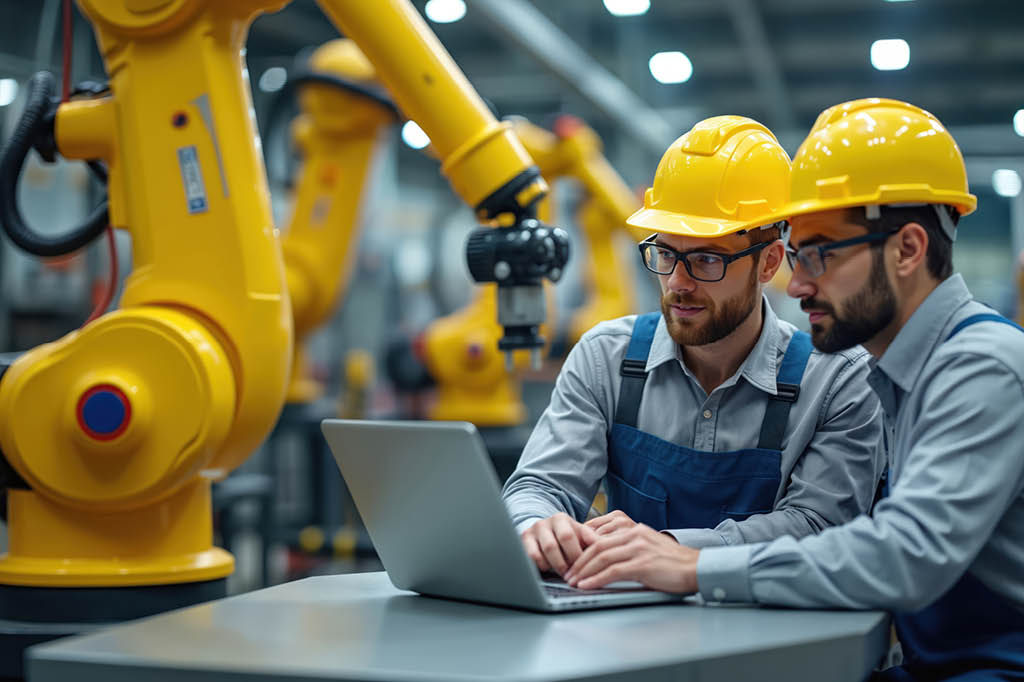February 17, 2025
The use of AI in workplace safety
It might surprise employers to learn that the recent advancements in artificial intelligence (AI) have applications in workplace safety.
But this technology has been harnessed of late to expand the ability of safety leaders to train employees, test methods, develop best practices and more.
Imagine a piece of equipment a new employee will be using. Instead of training with the machine itself, employers can give workers the ability to “use” the device without the potential for injury. In this way, employees can get a degree of “on-the-job training” without risk.
“It’s exciting to envision the future applications for AI when it comes to workplace safety,” said Lee Wendel, SFM’s Director of Loss Prevention. “Already, some employers are utilizing the technology. Others are researching how it could be used. It’s fascinating to see and project how much it will develop moving forward.”
Wendel has embraced this evolution. He was recently honored by a regional furniture retailer for his safety efforts. Company officials noted his dedication to demonstrating and educating leadership about virtual training, ergonomic position trackers and other AI solutions.
At the same time, similar practices are being implemented elsewhere.
The National Safety Council has several real-world case studies related to virtual reality and augmented reality (AR). In one instance, a technology-focused defense, intelligence, security and infrastructure engineering firm used a VR program during employee orientation. The simulation involved identifying workplace hazards. The results included increased employee engagement, efficiencies by reducing the need for in-person trainers and, of course, a greatly reduced chance of injury during training.
Wendel said the speed, accuracy and breadth of the information some of these programs provide is impressive. Examples include:
- Giving the software a photo of a workspace and having the program outline safety issues, whether those would result in an Occupational Safety and Health Administration fine, the frequency and costs of those fines, and how to address any hazards.
- Uploading a picture of scaffolding where wood was used to frame up handrails. The tool will outline the risks and suggest ways to fix the problem.
- Giving the software a jurisdiction-specific prompt, such as patient handling in a parking lot in Minnesota. The system provided state-specific laws to note, weather considerations and other information.
“Employers can even provide their company policies — maybe an area on a warehouse floor cannot be used to store items — and the tool will take that into account, along with any safety issues, when it comes back with the information,” Wendel said.
In November 2024, SFM Loss Prevention Specialists Jason Clausen and Toby Tortorilla discussed safety technology they are exploring at the Midwest Women in Safety Conference.
Tortorilla participated in a panel discussion relating to the future of AI in relation to the safety field. He was able to provide findings from the research that he, and a team of SFM Loss Prevention personnel, were involved in recently.
“AI can be used in many ways to assist us as safety leaders,” Tortorilla said. “It can help create safety programs and policies, assist with ergonomic assessments, perform compliance and behavioral based assessments and bring attention to real-time hazards through wearables, telematics and other electronic devices. The capabilities are truly limitless.”





